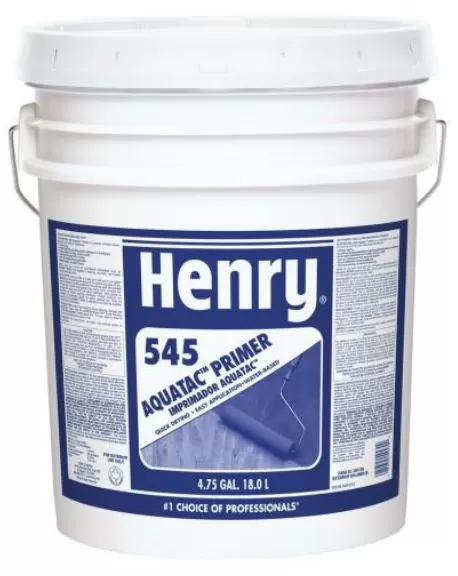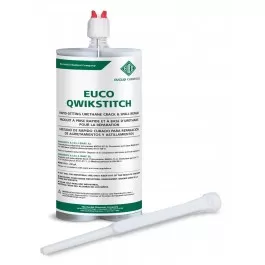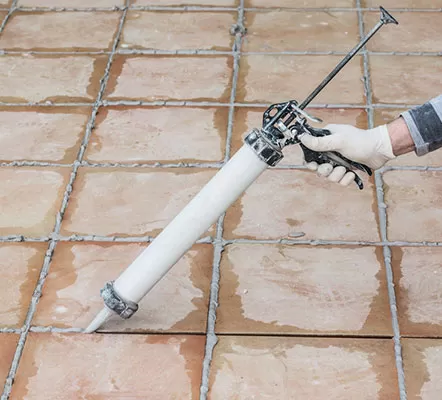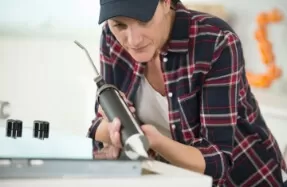Blog
Why Your Building Needs Protective Coatings
Whether you’re a homeowner or a commercial building owner, you want to make sure that your building is protected. No one wants to pay for expensive repairs, but that’s not the only reason why protecting your building is important. There are several reasons why having protective coatings is good for any type of structure.
Water Resistance
Water resistance is important because it protects the building from water damage. Water can cause damage to building materials, such as wood and stone, which can lead to rot and decay. It also promotes mold and mildew growth on your home’s surface. This can cause health issues for those who live there, as well as structural damage that makes it more difficult or impossible for you to sell your house later.
Professional companies that specialize in this type of work apply waterproofing coatings, so you won’t have to worry about doing it yourself! They’ll ensure all areas are coated properly, so they only come into contact with moisture after being protected first.
Insulation
Insulation is an important part of your building envelope. Without insulation, heat would escape your home during winter, and you’d have to spend money on heating bills.
Insulation keeps heat in or out, depending on what insulation you use. Some types of insulation are better for keeping the heat in (such as fiberglass), while others are better for keeping it out (such as foam). Insulation can be made from a variety of materials, including glass fibers, mineral wool, polystyrene beads, and spray foam. Each type has its benefits and drawbacks based on cost-effectiveness as well as weight load restrictions for certain applications such as attics or wall cavities where there may not be enough space for loose-fill cellulose insulation without taking up valuable room that could otherwise be used for storage space within the home’s interior design plan.
Heat Resistance
Heat is a major concern for commercial buildings. It can damage building materials, harm occupants, and disrupt systems. However, there are ways to reduce the negative effects of heat on your building with protective coatings.
Protective coatings protect your building against the elements by providing protection from water, moisture, and ultraviolet light rays that contribute to fade and discoloration. Protective coatings also reduce energy costs by reflecting sunlight away from the surface of your structure. The result: lower cooling bills!
Easy Maintenance
Protective coatings are easy to maintain and repair. They are typically applied over existing coatings and can be painted over if desired, so it’s simple to change the color of your building without having to remove all of the protective coatings first.
It’s also easy for contractors working on your building to clean off any dirt or debris that might have accumulated in the coating—a process that can take hours with other types of protection materials.
Flexibility
Flexibility is one of the most important qualities to look for in your coating. A flexible coating is easy to install and remove and can be repaired by applying additional layers of paint.
Flexible coatings are also ideal because they can be used on almost any surface—as long as it’s clean, dry, and free from contaminants like dirt or grease. They won’t crack or peel off under extreme weather conditions (like rain or snow). They have excellent adhesion properties that allow them to stick well even when applied in thick layers over rough surfaces like brickwork or concrete walls.
Conclusion
This post has given you some insight into the benefits of protective coatings. If you’re interested in learning more about how these coatings can benefit your building and its value, don’t hesitate to contact us today!




